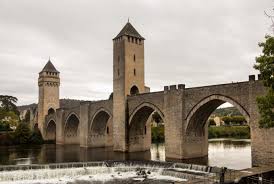Discover the Legacy of Alexandra Palace
Introduction
Alexandra Palace, often referred to as “Ally Pally,” is a historic entertainment venue located in North London. Established in 1873, it has become a cornerstone of community, culture, and history in the capital. Its importance not only lies in its architectural beauty and expansive grounds but also in its role as a cultural hub hosting various events from concerts to exhibitions. In the wake of recent developments, the relevance of Alexandra Palace continues to grow as it adapts to modern needs while retaining its historical significance.
Historical Significance
The construction of Alexandra Palace was inspired by the Crystal Palace, aiming to provide a venue that would serve the public for recreation and enjoyment. The grand opening was on 27 May 1873, but sadly, a disastrous fire in 1980 destroyed much of the building. Over the years, Alexandra Palace has undergone several restorations, preserving its Victorian architectural splendour while integrating modern facilities. Today, it stands as an iconic landmark, drawing over 3 million visitors each year.
Recent Developments
In recent months, Alexandra Palace has announced a series of significant enhancements aimed at improving visitor experience. With plans to upgrade facilities and introduce more sustainable practices, the venue is focusing on hosting a diverse range of events, from music festivals to food fairs and seasonal activities in its stunning parkland. The ongoing facilities improvements aim to bolster accessibility, ensuring every visitor can fully enjoy the grounds and events.
Community and Cultural Impact
As a treasured community space, Alexandra Palace plays host to a variety of local events and initiatives, promoting cultural engagement and cohesion. It has embraced the role of a community supporter, particularly evident during the pandemic when it offered support to local charities and organisations. The Palace facilitates numerous events that encourage participation from all demographics, reinforcing its significance within the local community.
Conclusion
In conclusion, Alexandra Palace continues to thrive as a vital part of London’s cultural landscape. Its ongoing evolution illustrates a commitment to honouring its rich heritage while adapting to modern demands. The Palace not only connects people through its events but also offers a glimpse into the historical heart of London. As it faces the future, both residents and visitors alike can look forward to new experiences and cherished memories at this enduring venue. Alexandra Palace undoubtedly remains a place where history, culture, and community converge.









